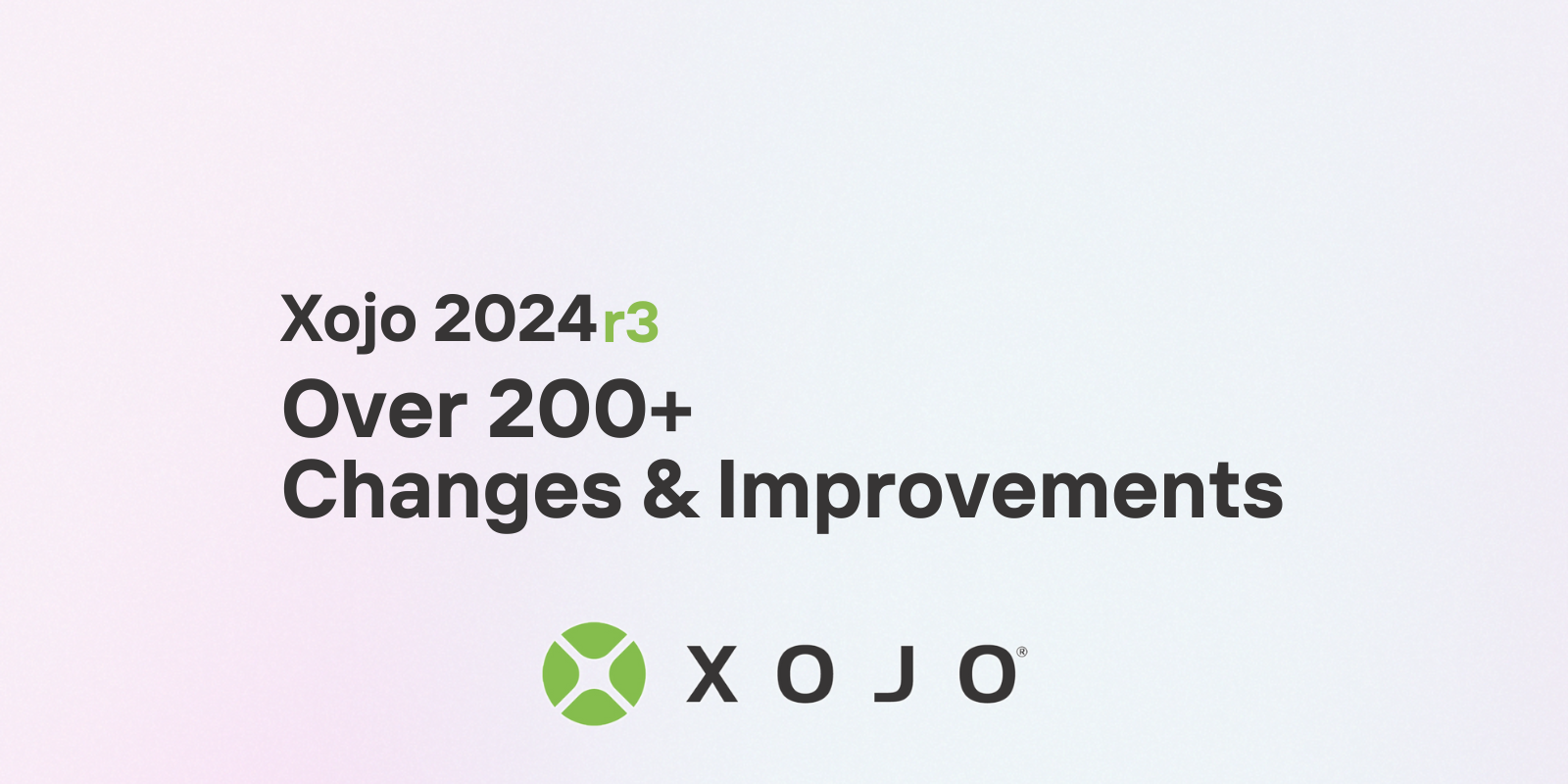The latest Xojo release is a big leap forward in terms of design options for Xojo Web users. Xojo 2024r3 comes with new tools for…
Comments closedCategory: Cross-Platform
Our latest Xojo update introduces a new thread type that maximizes the potential of your multi-core systems. This new preemptive thread model enhances efficiency and…
Comments closedAndroid apps made with Xojo have always worked on tablets, but until Xojo 2024r3 there has been no easy way to design your screens for…
Comments closedThere have been several enhancements to Declare and Kotlin Library support in Xojo 2024 Release 3 which, along with previous improvements, should allow you to…
Comments closedWe are excited to announce the arrival of Xojo 2024 Release 3, a major update to the Xojo development platform. This latest version includes over…
Comments closedManaging multiple threads in software development often requires handling them concurrently to create efficient, reliable, and safe applications. This is when synchronization becomes crucial. Synchronization…
Comments closedI truly enjoy creating things with Xojo. This time, I built a little game with Xojo Web just to see if it was possible. In…
Comments closedDesktop application monetization is essential for developers to generate revenue and sustain their businesses. Selecting the right approach from numerous available strategies can significantly impact…
Comments closedImagine a restaurant kitchen during the dinner rush. Multiple chefs need to access the same oven, stovetop, and ingredients to prepare various dishes. Without coordination,…
Comments closed
